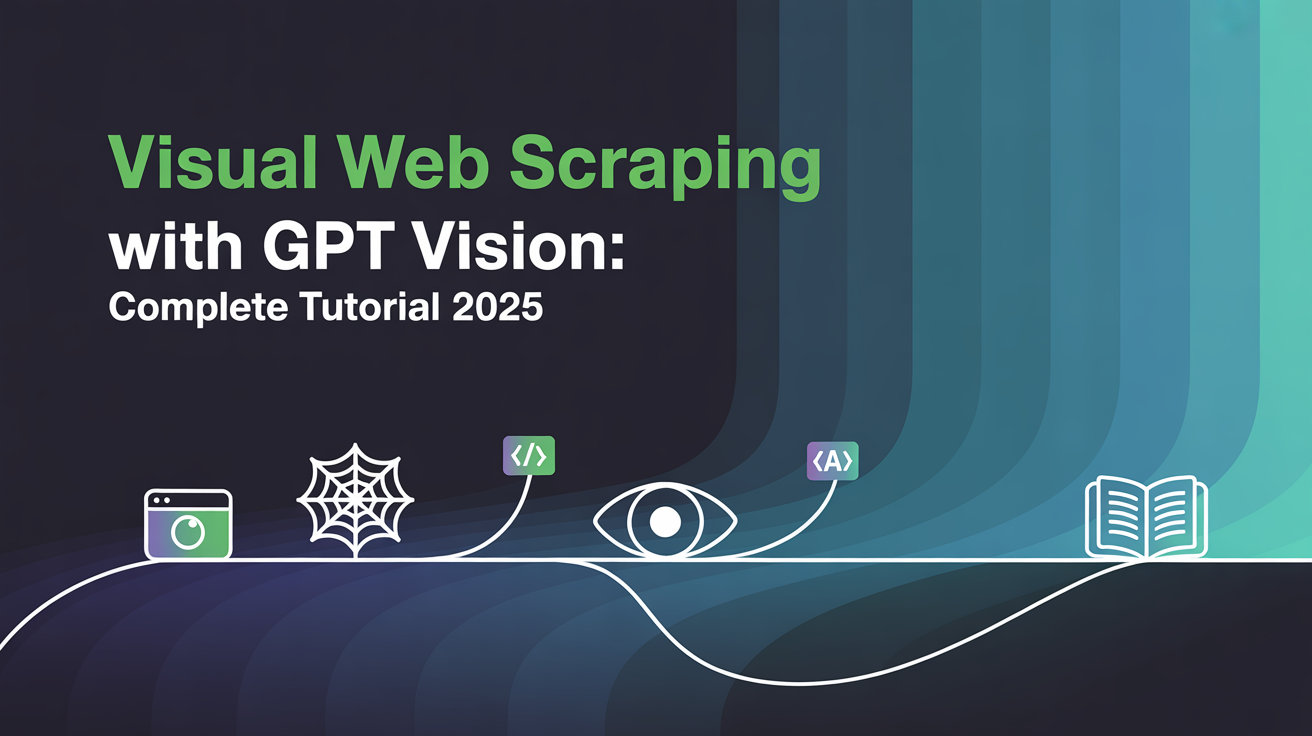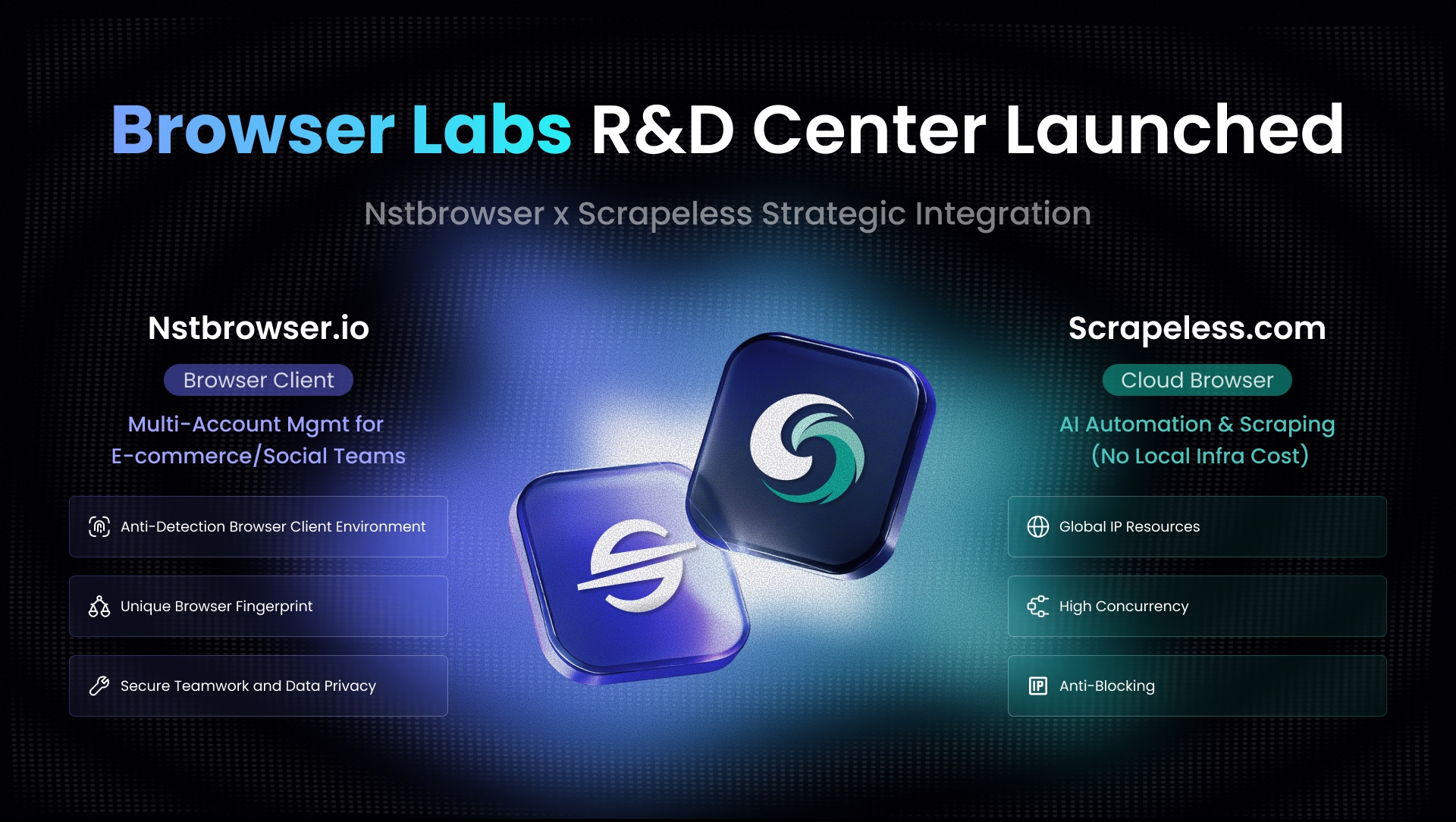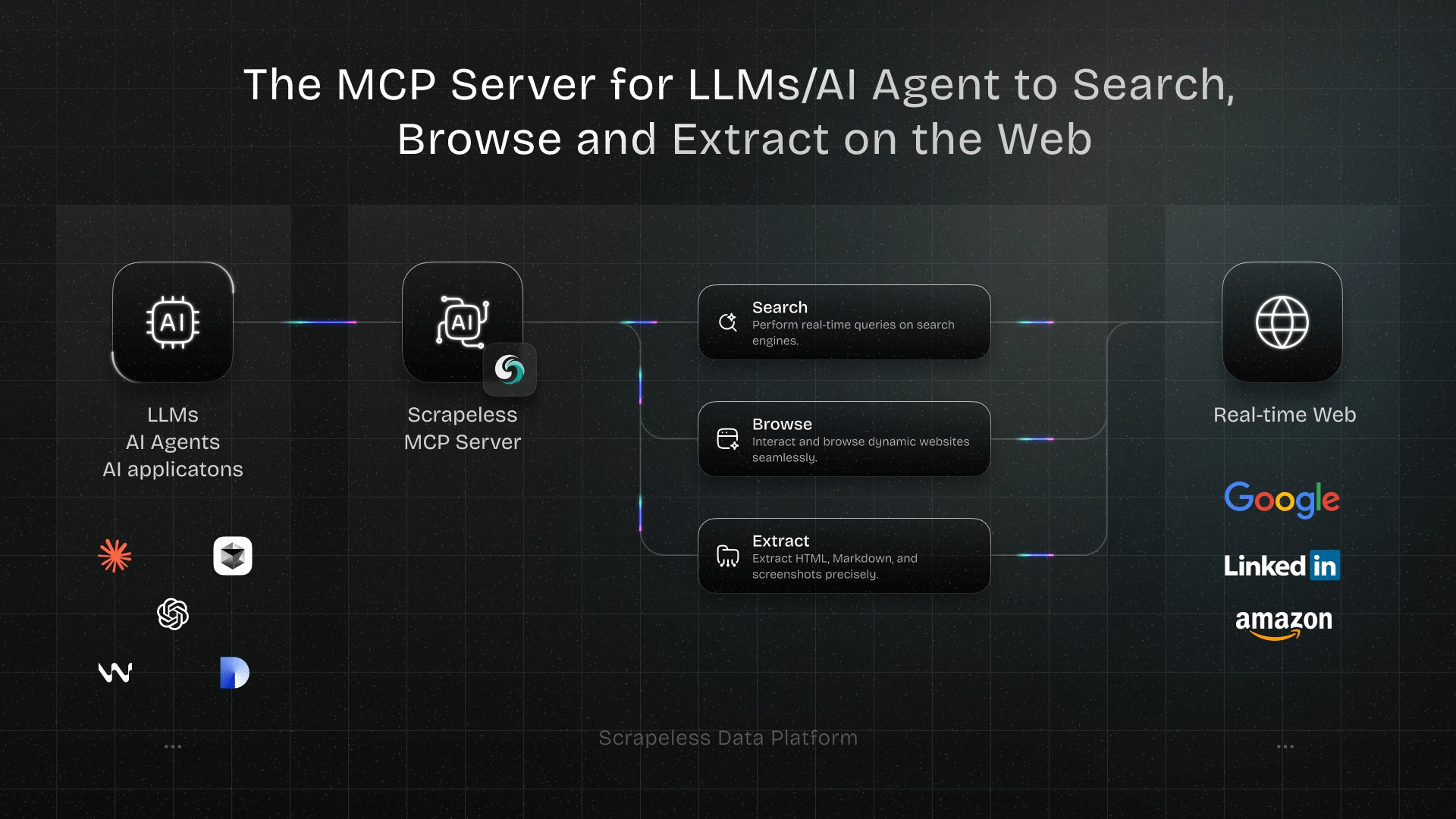Visual Web Scraping with GPT Vision: Complete Tutorial 2025
Expert Network Defense Engineer
Introduction
Visual web scraping with GPT Vision is reshaping data collection in 2025.
Unlike traditional HTML-based scraping, GPT Vision can "see" web pages like a human, extracting structured insights from screenshots, charts, or visual elements.
This guide walks you through 10 practical solutions to implement visual web scraping with GPT Vision. It’s tailored for developers, analysts, and businesses who want accurate, scalable, and compliant scraping.
👉 If you want a ready-made platform instead of DIY setups, the #1 alternative is Scrapeless — a trusted solution with API-first design and visual scraping support.
Key Takeaways
- GPT Vision enables screenshot-based web scraping for complex pages.
- Ten step-by-step methods are covered, from Python scripts to full automation.
- Scrapeless is the best replacement for custom-built pipelines, ensuring compliance and scalability.
- Comparison and FAQs included at the end.
1. Basic Setup: GPT Vision API for Screenshots
Conclusion first: Start with GPT Vision’s API to parse screenshots into structured JSON.
Steps:
python
import base64
import requests
API_KEY = "your_openai_api_key"
url = "https://api.openai.com/v1/chat/completions"
with open("screenshot.png", "rb") as f:
img = base64.b64encode(f.read()).decode("utf-8")
payload = {
"model": "gpt-4o-mini",
"messages": [
{"role": "system", "content": "Extract all product names and prices."},
{"role": "user", "content": [
{"type": "image_url", "image_url": f"data:image/png;base64,{img}"}
]}
]
}
res = requests.post(url, headers={"Authorization": f"Bearer {API_KEY}"}, json=payload)
print(res.json())📌 This extracts structured text from a webpage screenshot.
2. Automating Screenshots with Playwright
Use Playwright to capture dynamic pages.
python
from playwright.sync_api import sync_playwright
with sync_playwright() as p:
browser = p.chromium.launch()
page = browser.new_page()
page.goto("https://example.com/products")
page.screenshot(path="screenshot.png", full_page=True)
browser.close()Then feed into GPT Vision for parsing.
3. Extracting Tables and Charts
Conclusion: GPT Vision handles charts that normal scrapers fail to parse.
Example prompt:
json
{"role": "system", "content": "Extract sales by region from this chart into JSON {region: value}"}📊 Case: Scraping competitor sales data from annual reports (PDF screenshots).
4. Handling Infinite Scroll
Combine Playwright scrolling + GPT Vision extraction.
Loop through multiple screenshots until reaching the page end.
python
page.evaluate("window.scrollBy(0, document.body.scrollHeight)")5. Multilingual Web Pages
GPT Vision natively extracts from multi-language content.
Use prompts like:
json
{"role": "system", "content": "Translate extracted text into English and return JSON."}6. Scraping E-commerce Product Pages
E-commerce often blocks HTML scrapers.
Solution: screenshot → GPT Vision.
Case: Collecting product titles, images, and price tags for competitive analysis.
7. Data Validation with GPT Vision + Schema
Ask GPT Vision to strictly output JSON that matches your schema.
json
{"role": "system", "content": "Output {product: string, price: float, currency: string}"}8. Large-Scale Scraping with Async Pipelines
Use asyncio + API batching.
python
import asyncio, aiohttp
async def fetch(img):
async with aiohttp.ClientSession() as s:
async with s.post(url, json=payload) as r:
return await r.json()Run multiple screenshots in parallel.
9. Combining Scrapeless with GPT Vision
Scrapeless supports visual scraping at scale without writing boilerplate.
Why choose it:
- No manual Playwright setup.
- Built-in compliance.
- Real-time pipelines.
👉 Try Scrapeless here: Scrapeless Login
10. Case Study: Market Intelligence Dashboard
Scenario:
- Task: Track competitor product prices across 20 websites.
- Setup: Playwright → GPT Vision → Scrapeless pipelines.
- Result: Automated dashboard in 3 hours vs 2 weeks with traditional scrapers.
Comparison Summary
| Feature | GPT Vision Only | Scrapeless + GPT Vision |
|---|---|---|
| Setup Time | High | Low |
| Compliance | Manual checks | Built-in |
| Scale | Limited | Enterprise-ready |
| Real-time Freshness | Manual scripts | Automated pipelines |
External References
Internal References
Conclusion & CTA
Visual web scraping with GPT Vision is the future of data extraction.
It simplifies scraping from complex UIs, PDFs, charts, and images.
But building pipelines from scratch is time-consuming.
👉 For scalable, compliant, and ready-to-use visual scraping, try Scrapeless.
FAQ
1. Can GPT Vision replace all scrapers?
Not entirely. It works best for visual-heavy pages but struggles with huge volumes.
2. Is visual scraping legal?
Yes, if done within compliance and terms of service. Scrapeless ensures adherence.
3. How accurate is GPT Vision?
Accuracy ranges from 85–95% depending on clarity and schema.
4. Can I scrape multi-language sites?
Yes, GPT Vision can extract and translate content in one step.
At Scrapeless, we only access publicly available data while strictly complying with applicable laws, regulations, and website privacy policies. The content in this blog is for demonstration purposes only and does not involve any illegal or infringing activities. We make no guarantees and disclaim all liability for the use of information from this blog or third-party links. Before engaging in any scraping activities, consult your legal advisor and review the target website's terms of service or obtain the necessary permissions.



